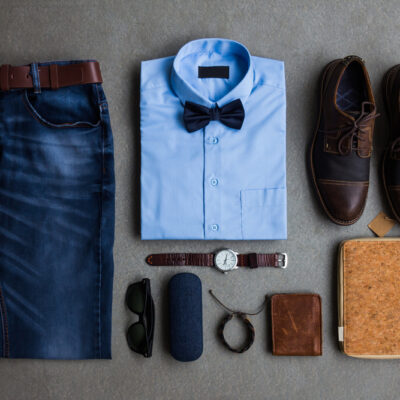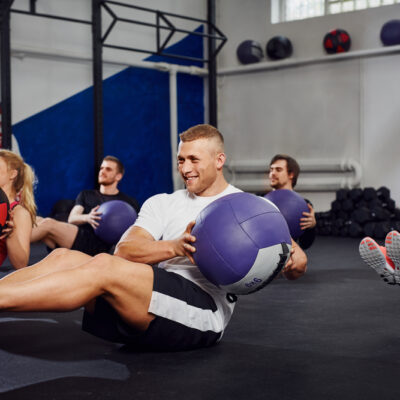
New Puppy Checklist
The anticipation of a new puppy is like nothing else. When you finally do bring home your new ball of adorable fur, there are several items you should have in place to make your new pet comfortable in his or her new home sweet home. Here are a few essentials to make your pup feel at home:
1. A dog bed
While you may prefer your new pup be crate trained (and that will mean sleeping in his or her crate for the duration of housetraining), you may wish to have a fleece or sheepskin dog bed on hand for puppy naps when you’re home. Puppy beds can be oversized pillows or cushions or really memory-foam doggy couches. You may even find dog beds made of recycled materials (i.e., cedar chips, cotton, soda bottles) with removable, washable covers. Select a bed that suits the size of your growing pooch, but no so big that it doesn’t wrap them in plush warmth to make them feel safe.
2. Crates and gates
These containment devices are meant for your new puppy’s safety. Many owners prefer to crate train a new pup, which keeps the pup in a confined area where they can be monitored and housetrained. A dog gate will let you section off a portion of your home when you’re unable to watch Fido to keep he or she corralled from stairs and areas they may eat or chew. I find baby gates work well because they adjust to almost any door frame.
3. Food and treats
Puppies have huge appetites because they are growing and require the calories necessary for development of a healthy coat, skin, bones, eyes, and organs. Your vet will recommend a puppy specific diet (or puppy blend) for the first 12 months, which will ensure the proper caloric intake, plus adequate protein, carbohydrates, fat, vitamins and minerals.
4. Food and water bowls
Puppy bowls come in an array of ceramic, plastic, glass, and stainless steel. Keep your eyes peeled for a material that can be easily cleaned and sanitized in the dishwasher. Also, while ceramic and glass may not be the best choice for a rambunctious puppy, stainless steel may be expensive but won’t break and also don’t contain any materials that can harbor bacteria and residue (i.e., plastic).
5. Puppy toys
Toys for puppies come in two categories:
- Chew toys: that let your pup safely gnaw and chew for developing puppy teeth and plushies that offer comfort while suckling and chewing.
- Fetching toys: these can include tuggable ropes, heavy duty rubber balls, and frisbee discs that teach catch, bring, and release play.
If your pup rips a toy apart (trust me, they most certainly will) remove it immediately to avoid choke hazards.
6. Collar, tags, and leash
A collar, identification tags, and a leash are imperative to take your puppy to and from the vet, park, and for walks. For your puppy’s first collar, choose an adjustable nylon collar that can be adjusted as they grow, and fitted snugly enough so that it’s not uncomfortable but so it won’t slip off. Your leash should be strong and well made, and attach snugly to the collar with a hand loop for easy grip. Choose a shorter leash for training (no more than 4-feet) so you have firm control. Fit your collar with an identification tags and fill out all specific contact information, in case he or she gets out or lost:
- Your dog’s name
- Your phone number
- Address
You can also choose to microchip your pet with a device no larger than a grain of rice. This is inserted in between the dog’s shoulder blades and is linked to a code that’s linked to a database with all the relevant contact information.


